7 Spicy Secrets to Mastering Authentic Mexican Food at Home (Without Booking a Flight)
Table of Contents
- Why Authentic Mexican Food Is More Than Just Taco Tuesday
- Spice 101: The Holy Trinity of Mexican Flavors
- The 7 Spiciest Secrets to Authentic Mexican Cooking
- Buying Guide: Where to Find Real Mexican Ingredients
- Conclusion: Bring the Fiesta to Your Kitchen
Why Authentic Mexican Food Is More Than Just Taco Tuesday
If your idea of Mexican cuisine starts and ends with ground beef tacos from a box, you're missing out on a world of flavor that spans centuries and regions. Authentic Mexican food isn't just delicious — it's a UNESCO-recognized culinary tradition filled with vibrant spices, unique cooking techniques, and cultural depth.
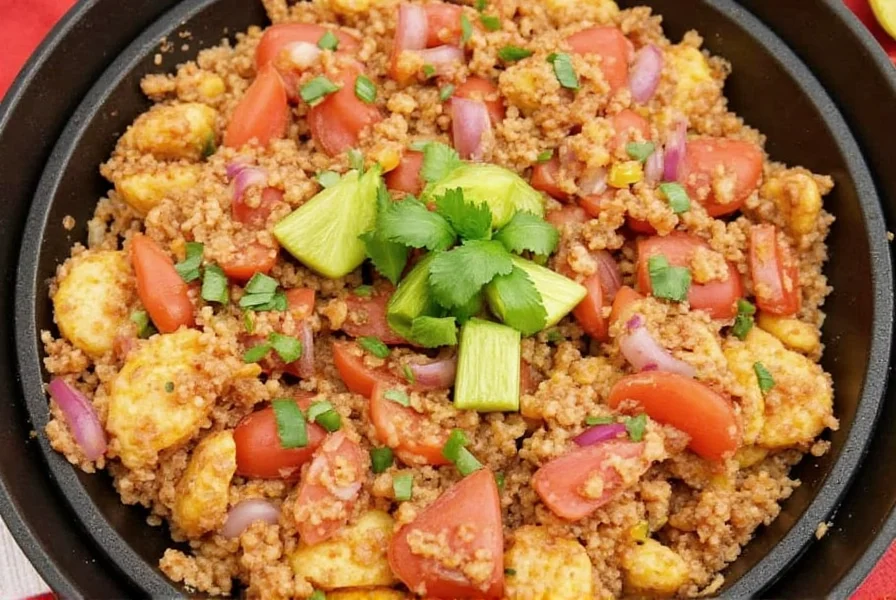
Mexican food is about balance — heat from chiles, tang from citrus, earthiness from dried herbs, and the smoky kiss of a charcoal grill. And the best part? You don’t need to book a flight to Mexico City or Oaxaca to experience it. With the right ingredients and techniques, you can bring the soul of authentic Mexican food into your own kitchen.
Spice 101: The Holy Trinity of Mexican Flavors
Let’s talk about what really makes Mexican food tick: the spice trio. Unlike other cuisines that rely on a single dominant flavor, authentic Mexican food blends several key elements to create its signature taste profile:
- Dried Chiles: From mild ancho to fiery habanero, these are the backbone of many Mexican dishes.
- Aromatic Herbs: Cumin, oregano (Mexican style!), and epazote add layers of complexity.
- Alliums & Acids: Garlic, onion, lime, and vinegar help brighten up the richness of the chiles and spices.

The Flavor Wheel of Mexican Cuisine
| Flavor Component | Examples | Use Case |
|---|---|---|
| Heat | Ancho, Guajillo, Poblano, Chipotle | Salsas, moles, stews |
| Smokiness | Chipotle, Pasilla, Mulato | Rubs, soups, marinades |
| Earthy Sweetness | Ancho, Mulato | Mole sauces, braised meats |
| Brightness | Lime juice, vinegar, tomatillo | Tacos, seafood dishes, salsas |
The 7 Spiciest Secrets to Authentic Mexican Cooking
You’ve got your basic pantry staples down — now let’s turn it up a notch. These seven insider tips will take your Mexican cooking from “eh” to “¡Ay, caramba!”
1. Toast Those Chiles Like a Pro
Never skip this step! Toasting dried chiles in a dry skillet releases their natural oils and enhances their flavor dramatically.
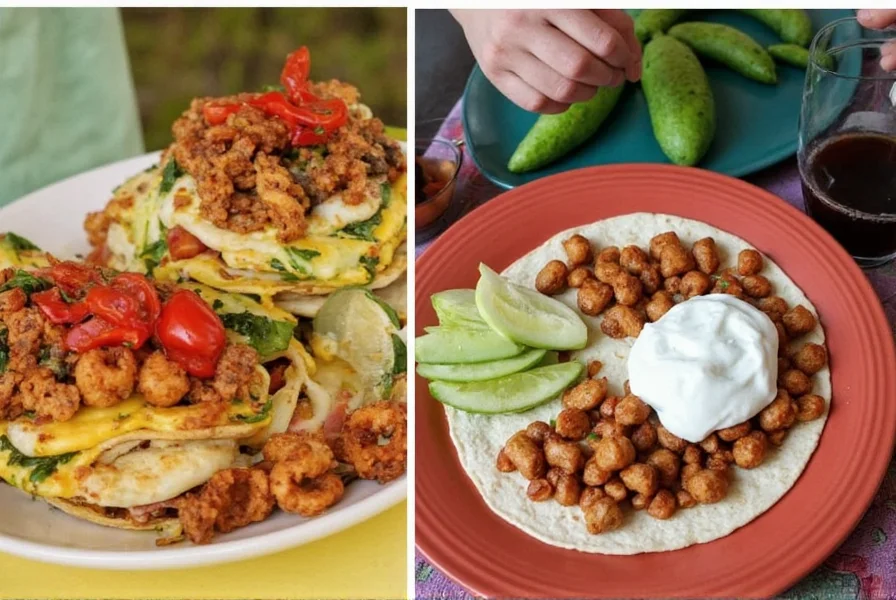
- Heat a heavy-bottomed skillet over medium-high heat.
- Add whole dried chiles and toast for 15–20 seconds per side until fragrant.
- Remove immediately — they’ll continue to roast from residual heat.
2. Use a Masa Machine or Stone Mill
If you're making tortillas, nixtamalized corn is non-negotiable. Invest in a good masa machine or find fresh masa from a local tortillería.
3. Make Your Own Salsa Fresca
Forget store-bought jars — homemade salsa fresca takes five minutes and tastes like heaven.
- Tomatoes, onions, jalapeños, garlic, cilantro, lime, and salt.
- Chop everything by hand for texture or pulse in a food processor.
- Season to taste and chill before serving.
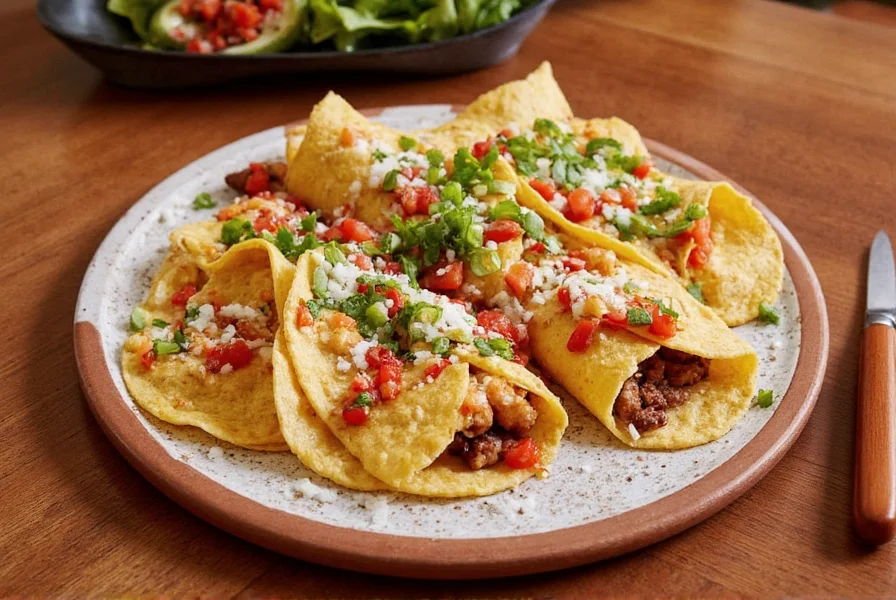
4. Don’t Fear the Mole
Mole poblano might seem intimidating, but once you break it down, it’s just a layered sauce made with toasted chiles, nuts, seeds, and chocolate.
5. Roast Your Tomatillos
For green sauces and salsas, roasting tomatillos adds a depth of flavor that raw ones just can’t match.
6. Use Epazote — Yes, It’s Worth It
This pungent herb is often used in black bean dishes and soups. It’s hard to substitute, so if you see it at a market, grab some!
7. Cook with Love — and Lard
While oil works fine, lard gives tamales and refried beans that unmistakable richness. Try rendered pork fat for a deeper flavor.
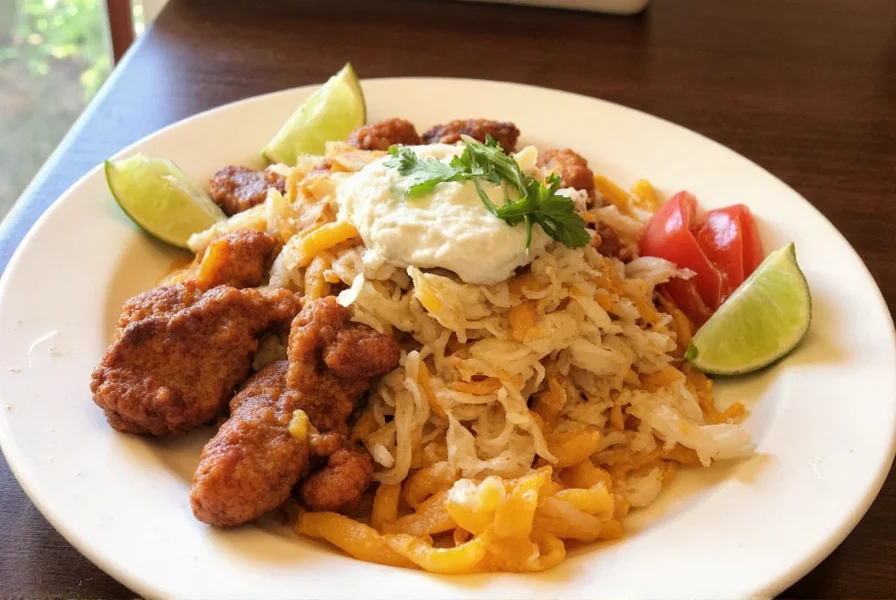
Buying Guide: Where to Find Real Mexican Ingredients
Authentic Mexican food starts with quality ingredients. Here’s where to find them — and how to choose wisely.
Where to Buy
- Mexican Grocery Stores: These hidden gems carry the freshest produce, real mole pastes, and specialty items like huitlacoche and dried hoja santa.
- Online Retailers: Sites like Goya.com and MexGrocer.com ship nationwide and have extensive selections.
- Farmers Markets: Great for fresh epazote, tomatillos, and seasonal peppers like poblanos or serranos.
Product Spotlight: Top Must-Have Items
| Product | Description | Features | Best For |
|---|---|---|---|
| Maseca Corn Flour | Premixed masa harina for tortillas | Gluten-free, easy to use | Homemade tortillas and pupusas |
| Goya Ancho Chili Powder | Ground ancho chile with rich, sweet flavor | Natural, no preservatives | Moisture-based sauces and rubs |
| Epazote Fresh Leaves | Herb with strong, earthy aroma | Fresh, aromatic, slightly bitter | Bean dishes, quesadillas, soups |
| Mole Poblano Paste | Ready-to-use paste for mole sauce | Traditional blend, no artificial flavors | Quick mole preparation |
| Cacique Cotija Cheese | Aged cow’s milk cheese, salty and crumbly | Non-melting, sharp flavor | Tacos, salads, elote |
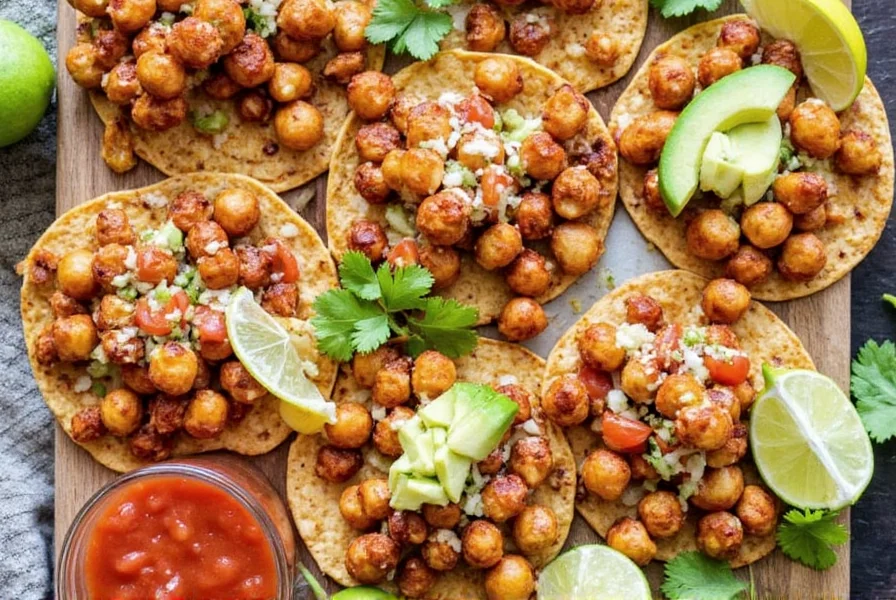
When to Splurge vs. When to Save
Some ingredients are worth spending extra on; others you can save on without compromising flavor.
| Item | Buy Expensive | Buy Affordable |
|---|---|---|
| Chiles | Fresh roasted or specialty varieties | Dried bulk chiles |
| Cheese | Cotija or queso añejo | Oaxaca or panela |
| Chocolate | For mole (use Ibarra or Abuelita) | For baking or hot cocoa |
Conclusion: Bring the Fiesta to Your Kitchen
Authentic Mexican food is more than a meal — it’s a celebration of culture, history, and community. Whether you're grilling chiles for salsa, kneading masa for soft tortillas, or stirring a bubbling pot of mole, every bite tells a story.

So fire up your pan, gather your spices, and invite your friends over. With the right ingredients and these expert tips, your next taco night will feel like a street party in Oaxaca. ¡Buen provecho!











 浙公网安备
33010002000092号
浙公网安备
33010002000092号 浙B2-20120091-4
浙B2-20120091-4